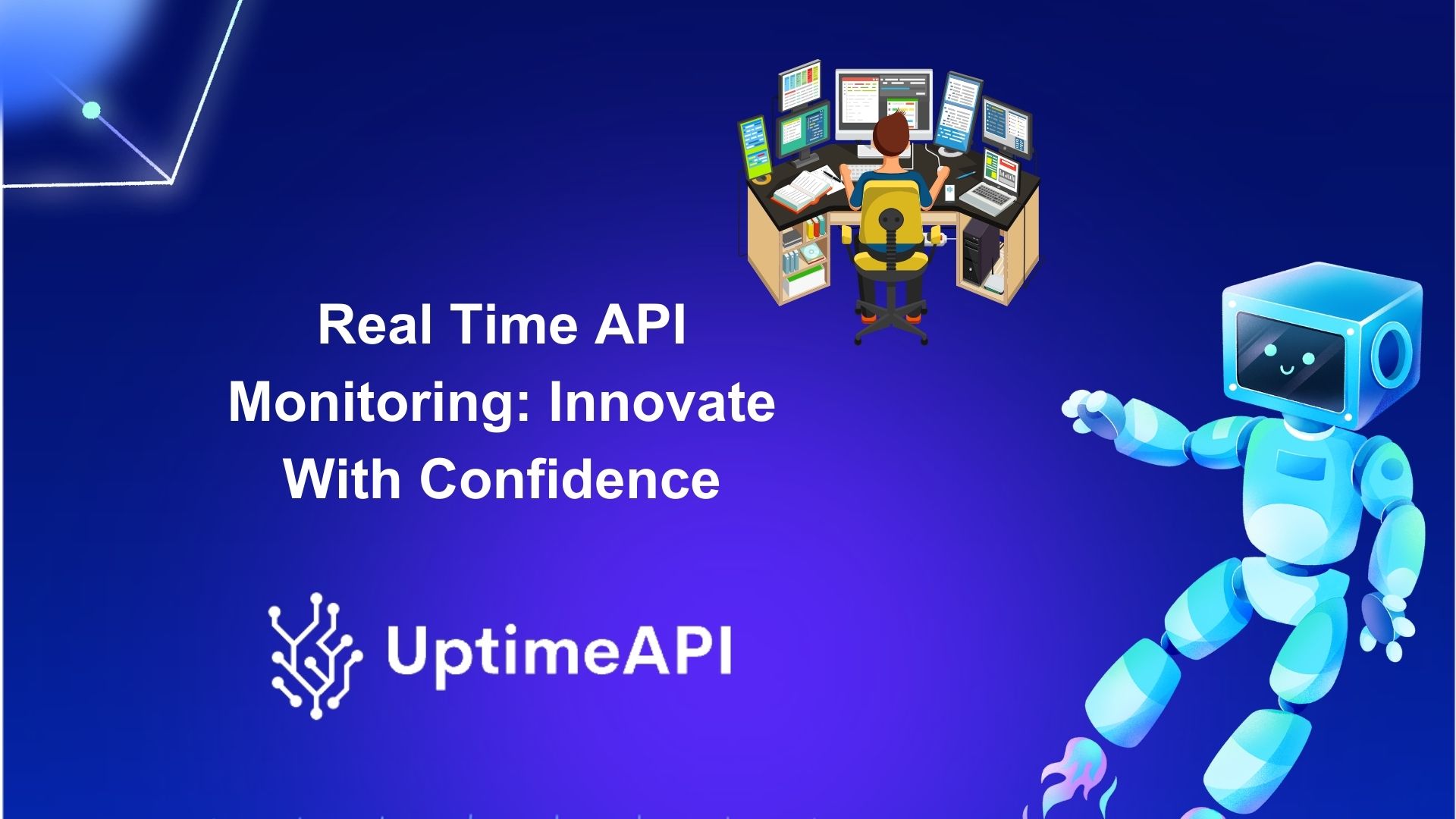Real Time API Monitoring: Innovate With Confidence

In today's rapidly evolving digital landscape, APIs (Application Programming Interfaces) serve as the backbone of modern tech infrastructure, facilitating seamless communication and data exchange between disparate systems and applications. However, with this increased reliance on APIs comes the critical need for robust Real-Time API Monitoring solutions to ensure their uninterrupted performance and reliability.
Importance of Real-Time API Monitoring
APIs are essential for facilitating the interoperability and integration of various software systems, which enables companies to improve user experiences, expedite processes, and spur innovation. APIs are the glue that holds together different parts of the digital ecosystem, such as e-commerce sites and mobile apps.
API outages can have serious and pervasive effects, including lost sales, harm to a brand's reputation, and a decline in consumer confidence. Even a brief disruption in API functionality can cause major business processes to break in today's hyper connected environment, which can have repercussions for the entire organization.
Challenges of Traditional API Monitoring
Traditional API monitoring approaches often fall short in providing real-time visibility into API performance and detecting issues promptly. Legacy monitoring tools may offer limited insights into real-time performance, making it difficult for organizations to proactively identify and address potential issues before they escalate.
The proliferation of microservices architecture and the expansion of dynamic API ecosystems have further compounded the challenges of API monitoring. With an ever-growing number of APIs and third-party integrations, businesses face the daunting task of managing and monitoring an increasingly complex network of interdependencies.
Real-time API monitoring tools offer instantaneous response time tracking and live traffic analysis, enabling organizations to monitor API performance metrics in real-time. By continuously monitoring key performance indicators (KPIs) such as response time and throughput, businesses can promptly identify deviations from expected behavior and take corrective action.
Uptime API

The Uptime API allows you to monitor your APIs. It works by gradually confirming that your APIs are up and running and performing as intended. Monitoring is easy to set up. You need to know the URL of the target API endpoint to be inspected and be able to change the watch's timeouts and intervals before you can set up monitors. Because the API provides historical data and analytics, you may track changes in API performance and uptime over time. Make your logs accessible so you can look into any issues with the API.
The Uptime API has timeouts that regulate how long it will wait for a response and monitoring intervals that regulate how often it checks your API's operation. You may adjust the monitoring to suit your needs and preferences thanks to these options. Additionally, you have the option to select which contacts get alert alarms and dashboard alerts. You may then utilize this to inform your team. Choose from a variety of customizable options with varying monitor capacities to get the monitoring package that best suits your requirements.
US dollars are used to display all prices. We take all major debit and credit cards. The payment system that uses the newest security technology is powered by Stripe, one of the most respected companies in the payments sector. Additionally, you will be able to access the Uptime API for thirty days without having to upgrade to a more expensive membership.
